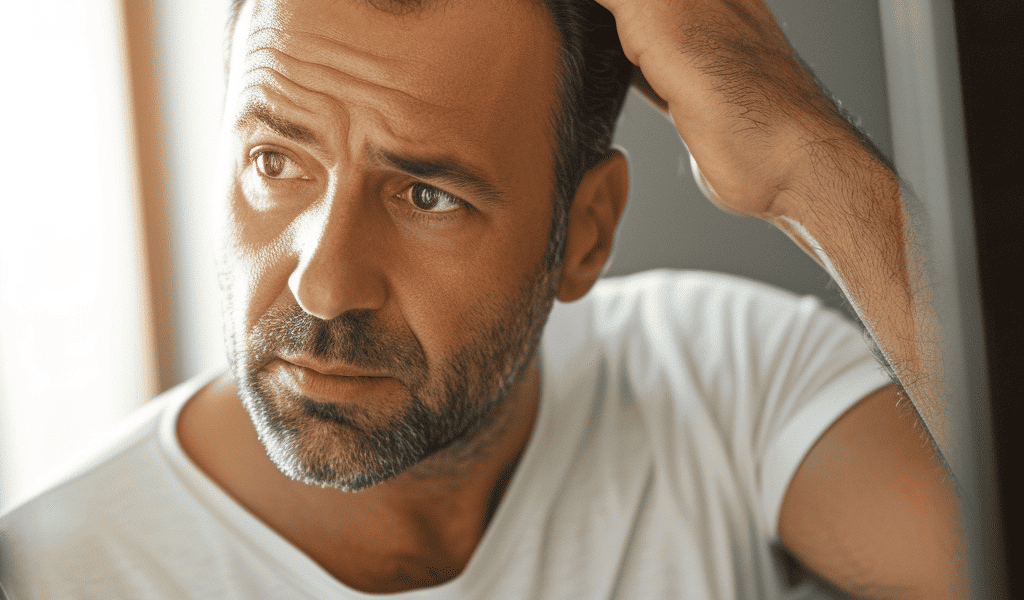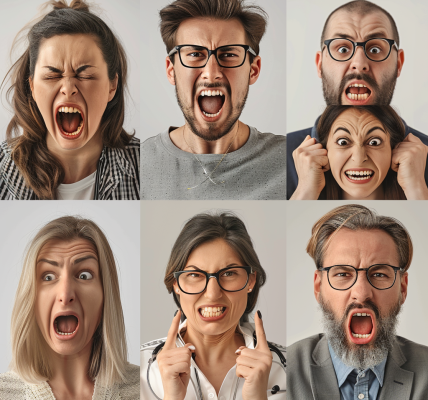The truth about men’s hair loss products: They’re very fickle, and only sometimes work
By Tim Kiladze | Published 13 hours ago
It starts with denial, morphs into semi-acceptance, then spirals into desperation. For many middle-aged men, these three stages of hair loss grief can’t be avoided. Once the invincibility of youth fades, hair starts to thin, recede or downright disappear, and all that’s left is the truth: It isn’t coming back on its own.
By the age of 50, about half of all men experience what is known as male pattern baldness, owing to a mix of hormones, genetics, and their bodies just generally wearing down. The number affected keeps growing with age.
Having graduated from denial, I started researching whether hair loss products actually work. Their advertisements stalk me on social media, and being a reporter, it seemed like a pretty easy thing to investigate. It wasn’t. There are so many studies out there that it’s tough to tell which ones are legit, and news stories or GQ articles rarely go deep. I even swallowed my pride and experimented with Rogaine, yet after a year I couldn’t tell if it did anything.
So I went hunting for answers from trusted people – doctors such as Jeff Donovan, a board-certified dermatologist who’s been affiliated with multiple medical schools in Canada and who specializes in the field. The verdict: Only two hair loss products, topical minoxidil and oral finasteride, are proven to help – and even then, their success rates are quite variable because genetics play a major role. In other words, it’s all a bit of a crap shoot.
“There’s incredible variation in being a human being,” Dr. Donovan said by phone from Vancouver. “For minoxidil, when you put it on your scalp, it has to be converted from the inactive form to the active form. Some people’s bodies are very good at doing that. Some people’s aren’t very good at all.”
Other variables include stress, sudden changes such as rapid weight loss and even sicknesses. COVID-19, for instance, had a major impact on some people’s hair.
The industry rarely lays it out so plainly. Instead, producers and distributors often focus on making their hair loss products more accessible, with some marketing them under the wellness banner that’s hot right now. Newer companies such as Hims, Felix Health and Kee





